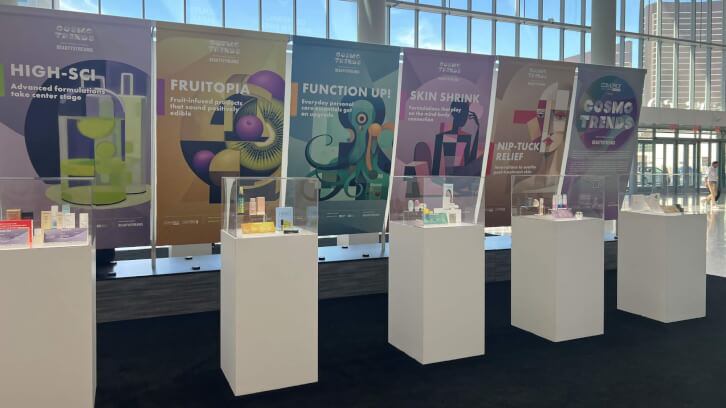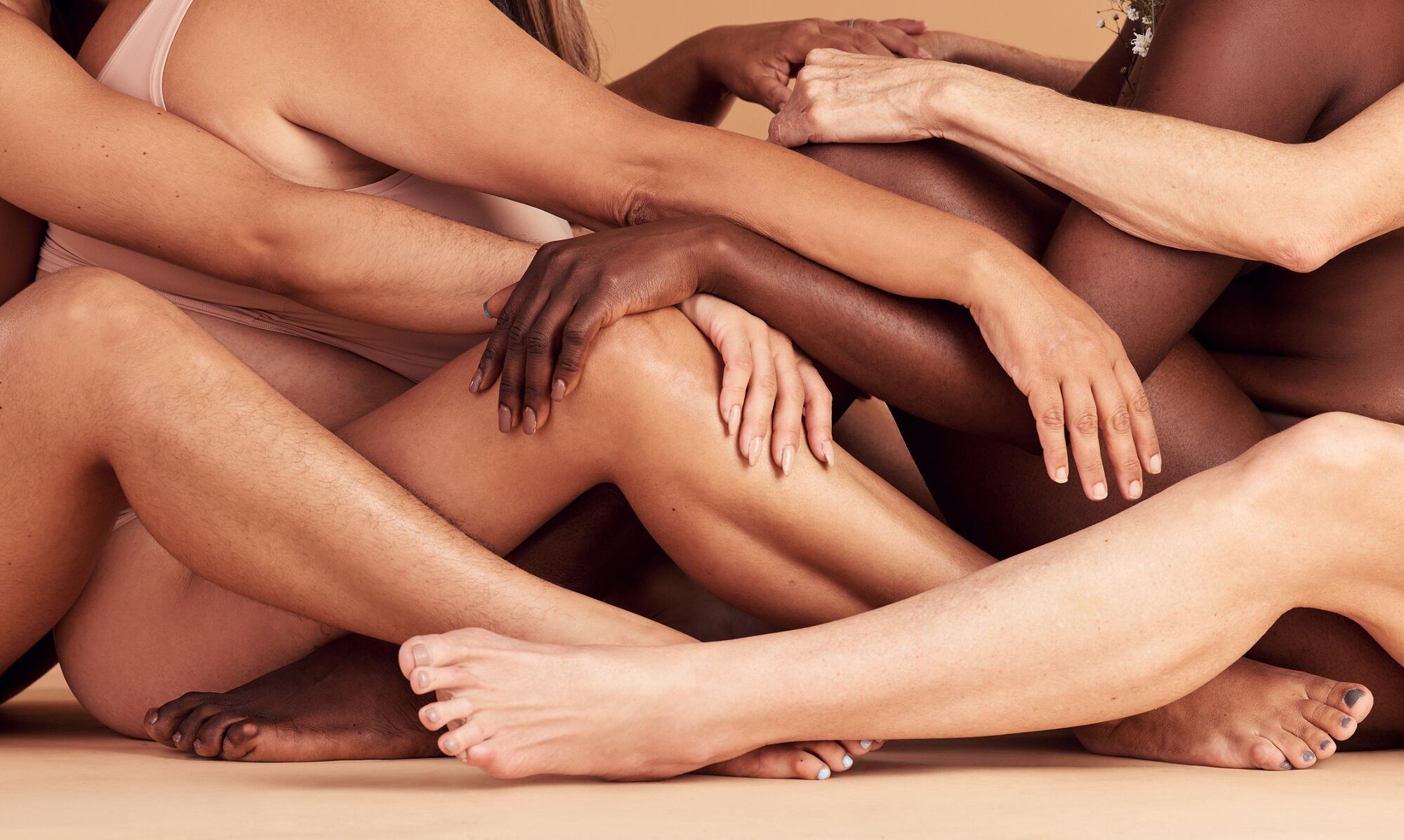Trends like ‘skinimalism’ and the ‘medicalization of beauty’ continue to dominate the industry in 2023, and one of the latest to sweep the space is ‘cleanical’ beauty. The term, a combination of ‘clean’ and ‘clinical’ is used to describe a specific type of cosmetic and personal beauty care ingredients used for product formulation by manufacturers.
Organizations like Orveon Global, the parent company of beauty brands bareMinerals, Buxom, and Laura Mercier, are paying close attention to ingredients trends like ‘cleanical’ beauty which can not only impact the formulation process for new product launches but also the ways in which companies connect with consumers to influence purchasing decisions. Understanding the applications of this trend not only in the supply chain but also throughout the research and development process is crucial to successful commercialization.
To learn more about the background behind the rise of this ingredient trend, its potential impact on the cosmetic and personal beauty care product industries, and ways to address challenges to ‘cleanical’ formulations and misinformation surrounding the trend, we spoke to Mike Wong, Ph.D., Chief Science Officer at Orveon Global for his insights.
Background of ‘cleanical’ beauty
The clean beauty trend is well-entrenched in cosmetic and personal beauty care and in the current consumer mindset, and today, “’clean’ ingredients are dependent on each individual beauty company’s standards,” said Wong. At Orveon Global specifically, ‘cleanical’ is defined as “products that contain clean ingredients and are supported by clinical data, like those without impurities such as phthalates,” he added.
The company is working to further expand ‘cleanical’ ingredients into what it calls ‘pure beauty’ by “only using ingredients which are absolutely needed in the formulas,” said Wong, which helps to address a common industry issue in this space: the lack of harmonized industry standards. This has led to “many companies unknowingly claiming their formulas are clean,” when they may not in fact fit into the ‘cleanical’ beauty trend, Wong explained.
Potential ingredient trend impact
To successfully participate in the ‘cleanical’ beauty ingredient trend, cosmetic companies, and the larger cosmetics industry need “a clear definition of what it means to be ‘clean’,” said Wong. Currently, he explained, “each company/brand has its own guidelines which can result in formula variation and consumer confusion,” and further, each company needs “the right clinical data to support the claims.”
“Where traditional ingredients have years of data and research to back them up, clean ingredients are relatively new to the industry and manufacturers are working on substantiation,” said Wong. At Orveon Global, brands like bareMinerals have “a history of using clean ingredients substantiated by clinical data” which sets a great example of successful application of ‘cleanical’ beauty principles.
Addressing challenges and misinformation
The formulation process for products that fit into the ‘cleanical’ ingredient trend is not without its challenges, which include addressing misinformation, shared Wong. Perhaps the biggest challenge of formulation with ‘cleanical’ ingredients, he explained, “is the limited texture and benefits (skin feel, color range, formula preservation, etc.).”
Overall, consumers are typically not willing to sacrifice product performance for more sustainable or clean ingredients, so matching consumer expectations with product formulations that meet ‘cleanical’ ingredient standards can sometimes be difficult. Additionally, “the list of clean ingredients is evolving which also makes formulation a challenge,” Wong added.
Another challenge that needs to be addressed is the prevalence of misinformation surrounding the ‘cleanical’ beauty trend, said Wong. “There is a risk of ‘clean washing,’ he explained, and “due to the lack of industry standards for clean ingredients, there is misinformation and consumer confusion.” To address this issue, Wong recommended that “as an industry, we should ensure the clean ingredients are properly substantiated with sound scientific data.”
Looking ahead
The future for ‘cleanical’ beauty ingredients as an industry trend is promising, and Wong maintained that “‘cleanical’ and ‘clean beauty’ will continue to trend” in 2023. This is because “consumers have gotten more educated on ingredients and products and the brands they are using,” he explained.
Moving forward, “as an industry, we need to continue to educate the consumers, without over promising, on the benefits of clean ingredients and formulas,” said Wong, which “should be backed up by clinical data tested by an independent lab.” Furthermore, he added, “consumers should continue to seek full transparency in the entire value chain from product conception to manufacturing to transportation to packaging to disposal” to ensure the continued success of the ‘cleanical’ beauty trend.
Looking ahead to 2023 and beyond, Wong explained that “the ‘cleanical’ movement is shedding light on an opportunity for improvement across the industry.” Additionally, he shared, “by setting specific standards and processes for what qualifies as ‘cleanical,’ manufacturers and beauty companies will eliminate the uncertainty and confusion that is often associated with the wide variety of clean options provided to consumers, setting a precedent for product production and ingredients.”
To ensure successful ‘cleanical’ ingredient formulation and product adoption by consumers, he concluded, “we must rely on advancements in technology and innovation to help R&D and ingredient suppliers properly synthesize new ingredients, leading the industry forward.”





